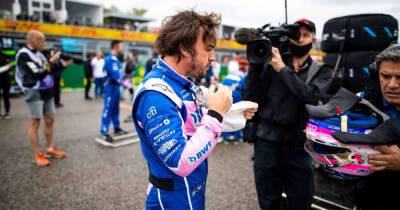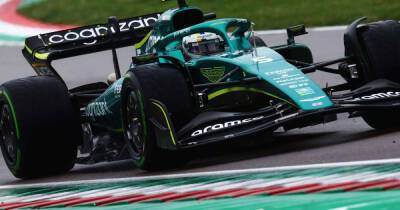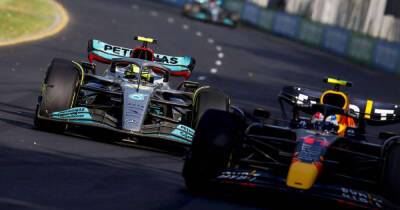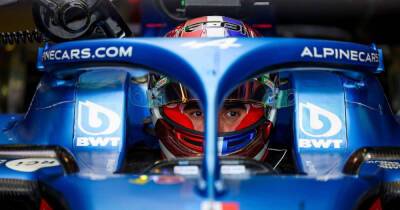How Alonso’s F1 DRS campaign found Alpine some speed in Melbourne
For some teams, the removal of the fourth DRS zone made no immediate difference. But for others – notably Aston Martin – it led to some last minute scrabbling around to change the car set-up to suit, triggering a chain of events that led to a disastrous Saturday for the Silverstone team.
How the loss of the DRS zone came about was unusual to say the least, with some rivals suspecting that a clever piece of gamesmanship by Fernando Alonso had paid off to the benefit of the Alpine team.
The DRS zone in question was the one on a rebuilt part of the track, from Turn 8 to the kink at Turn 9. In Saturday’s drivers' briefing Alonso suggested that with the DRS open this section of track was a little too dangerous for comfort, and that perhaps the zone should be abandoned on safety grounds. His was the main voice in the discussion with race director Niels Wittich, and by all accounts there was little in the way of contribution from other drivers.
Wittich took Alonso’s point on board, and on Saturday morning at around 10am he sent a note to teams asking them if they agreed that there were potential safety issues with the DRS zone. Teams were given an hour to reply with their views.
Engineers up and down the pitlane thus had to discuss the issue, and inevitably – this being F1 – alongside any safety element the implications for the competitiveness of their own cars also formed part of the equation. It wasn’t a vote as such, but in the end five teams expressed support for the idea that there was a safety issue, and five said that there wasn’t.
After taking the responses on board Wittich sent the teams at note at 12.40pm, just 20 minutes before the start of FP3, confirming that the Turn 8/9 DRS zone had been removed.
His message








